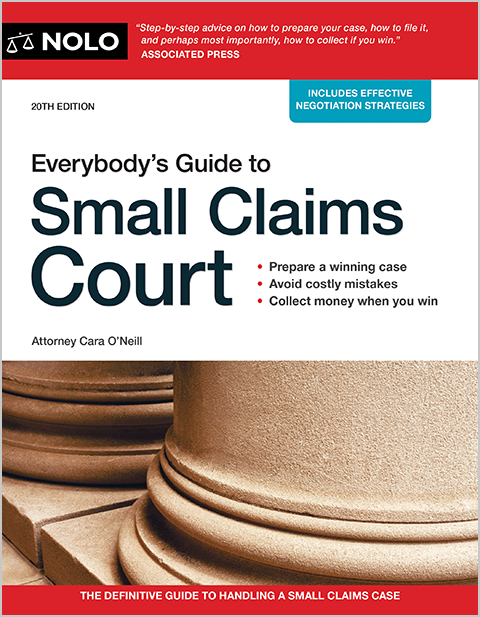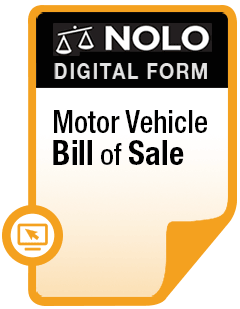The basics of a car accident insurance claim, from the scene of the accident to filing the claim and beyond.
Thinking about filing a car accident insurance claim? You're not alone. In 2021, according to the Insurance Information Institute, bodily injury and property damage claims against personal and commercial auto insurance policies totaled more than $117 billion dollars. A typical property damage claim cost $5,314, while a personal injury claim cost more than four times as much—$22,734. (Note that these figures include amounts paid for the claim plus the insurer's claim investigation expenses.)
We'll explore the different kinds of insurance claims you might file, walk you through how to file a claim, explain what to do if your claim is denied, and more.
Types of Car Insurance Claims
There are two different kinds of insurance claims you might file after a car accident. First, if you think another driver was at fault for the accident, you can file a third-party claim against that driver's auto coverage. Second, depending on the circumstances, you might need to file a first-party claim against your own auto policy.
(Read more about the different types of auto insurance coverage and the losses each type covers.)
Third-Party Claims
A third-party auto insurance claim is any claim you file against another driver's auto policy when you think that driver was to blame for the collision. You bring a third-party claim to recover compensation (what the law calls "damages") for your personal injuries, property damage, or both.
First-Party Claims
A first-party claim is one that you bring against your own car insurance coverage. Here are some situations where you might file a first-party car insurance claim:
- you live in a no-fault car insurance state and want to recover benefits under your own "personal injury protection" (PIP) or "medical payments" (MedPay) coverage
- you're making a claim for vehicle damage under your own collision coverage, or
- the other driver doesn't have insurance (or enough insurance) and you're bringing a claim against your own uninsured motorist (UM) or underinsured motorist (UIM) coverage.
What to Do After a Car Accident
If you're in a car wreck, state law requires that you stop, provide assistance to those who need it, and exchange contact and insurance information with others who were involved. Call 911 to get paramedics and police if anyone's injured. Even if there are no injuries, police should be summoned if there's significant (in most states, $1,000 or more) property damage.
At the Accident Scene
If you're not hurt and can remain at the accident scene, here are some things you should do that will help to make the car accident claim process more efficient:
- write down contact information for all witnesses so you (or better yet, your lawyer) can get written or recorded statements from them
- note the year, make, model, and license plate information for each involved vehicle
- take photos of all vehicles and their damages, the accident scene, and your injuries
- look for security or surveillance cameras in the area and see about getting a copy of the accident video, and
- speak to the officer in charge about getting a copy of the police report.
Be careful about what you say at the scene. Don't admit fault or apologize, even if you think you were to blame.
After You've Left the Scene
Your work isn't done when you leave the accident scene. Follow up with these tasks:
- get medical attention for your injuries
- keep a car accident diary to record how the accident happened, your injuries and treatments, and your recovery
- contact your auto insurance company to report the accident
- collect all the records you'll need
- report the accident to your state department of motor vehicles, if required by state law, and
- get damage repair estimates for your vehicle.
How to File a Car Insurance Claim
Filing a car accident insurance claim means letting the insurance company know you're pursuing a claim for benefits. Let's walk through that process, along with what happens after you file a claim.
Filing Your Claim
In the age of the internet, most insurers have an online claims page and a mobile app you can use to file claims. When you file, be prepared to provide:
- your name and contact information
- the year, make, and model of the vehicle you were driving
- the names and contact information of others who were involved, and
- details about the accident (when, where, and how it happened).
If you're filing a first-party claim, have your auto policy number handy. If it's a third-party claim, the insurer might want to know the name of your auto insurer.
Keep the information you include in a third-party claim to the basics. If you're asked to provide details about personal injuries, for example, simply say that you or your attorney will supply information about your injuries, together with supporting medical records and bills, in a settlement demand letter.
While filing online should be all you need to do, the best practice is to follow up your online filing with a written claim notice. If you want proof of mailing, send your written notice by certified mail, and request a return receipt.
What Happens After You File Your Car Insurance Claim?
What happens during the car insurance claim process depends, in part, on whether you filed a first-party or third-party claim.
First-Party Claim
If you're pursuing a first-party claim, you'll likely work together with the claims adjuster assigned to your case to get the claim resolved. Under your insurance policy, you have a duty to cooperate with your insurance company. In many cases, this won't be a problem. But if you're concerned that your insurer isn't acting in your best interests, think about contacting a car accident claim lawyer to work with you.
Third-Party Claim
If you're bringing a personal injury or property damage claim against the other driver, a claims adjuster will be assigned once you file your claim. Unlike your own insurer, you're not under any obligation to cooperate with the other driver's insurance company. Do your best to remain cordial and professional but beware: The adjuster isn't your friend and has little or no interest in paying you a fair settlement.
Once your doctor tells you that you've reached maximum medical improvement, you'll prepare and send a settlement demand. (Here are some sample demand letters you can use to write your own.) The adjuster will respond, probably with an offer that's well below what you demanded. Don't be angered or upset by this—a low initial settlement offer is typical. Prepare a written response rejecting the offer and countering it with a demand that's a bit lower than your original settlement demand.
In most cases, you'll negotiate with the adjuster until you settle your claim for an amount somewhere in the middle.
Should You File a Lawsuit If Your Car Insurance Claim Is Denied?
If you're unable to settle your claim, you'll need to decide whether you want to file a lawsuit. You can sue your own insurance company (most likely for breach of the insurance contract) on your first-party claim. If you file suit on a third-party claim, you'll sue the other driver for negligence.
The decision to file (or not file) a lawsuit comes down to a number of factors, including:
- whether you're likely to win more in a lawsuit, after paying attorneys' fees and case expenses, than you would if you settled without suing, and
- whether you can collect any verdict you might win in court.
You should also consider the stress and anxiety that a lawsuit can bring. In addition, keep in mind that a lawsuit—and possible appeal—will take time. If you're not able to wait while the case works its way through the court system, you might want to settle.
Get Help From an Experienced Lawyer
If you're not sure about how to file a car accident insurance claim, or whether to settle or file a lawsuit, a car accident attorney can help. The process can be confusing and intimidating, and you should have experienced counsel to guide you. Here's how to find a lawyer who's right for you.



